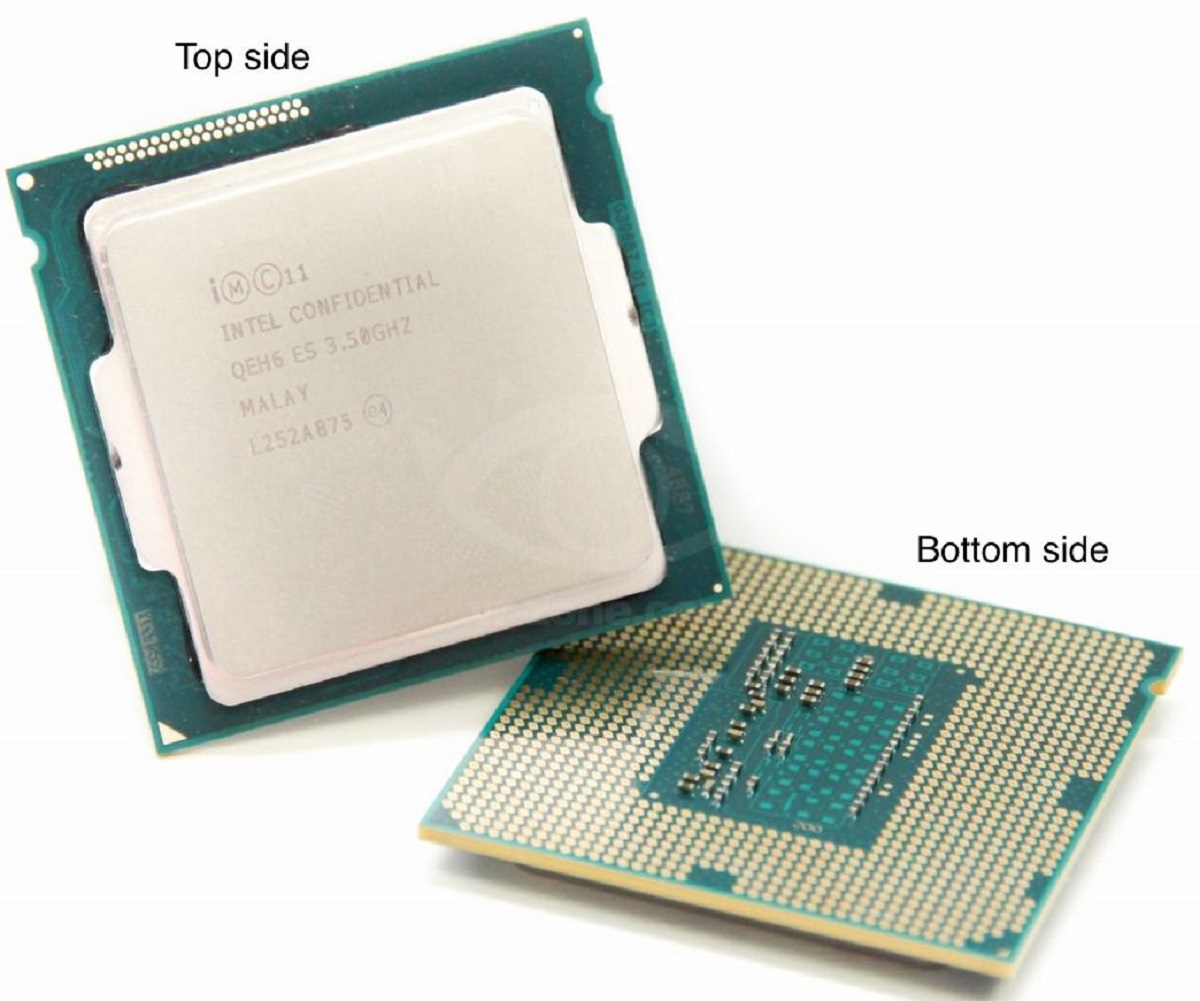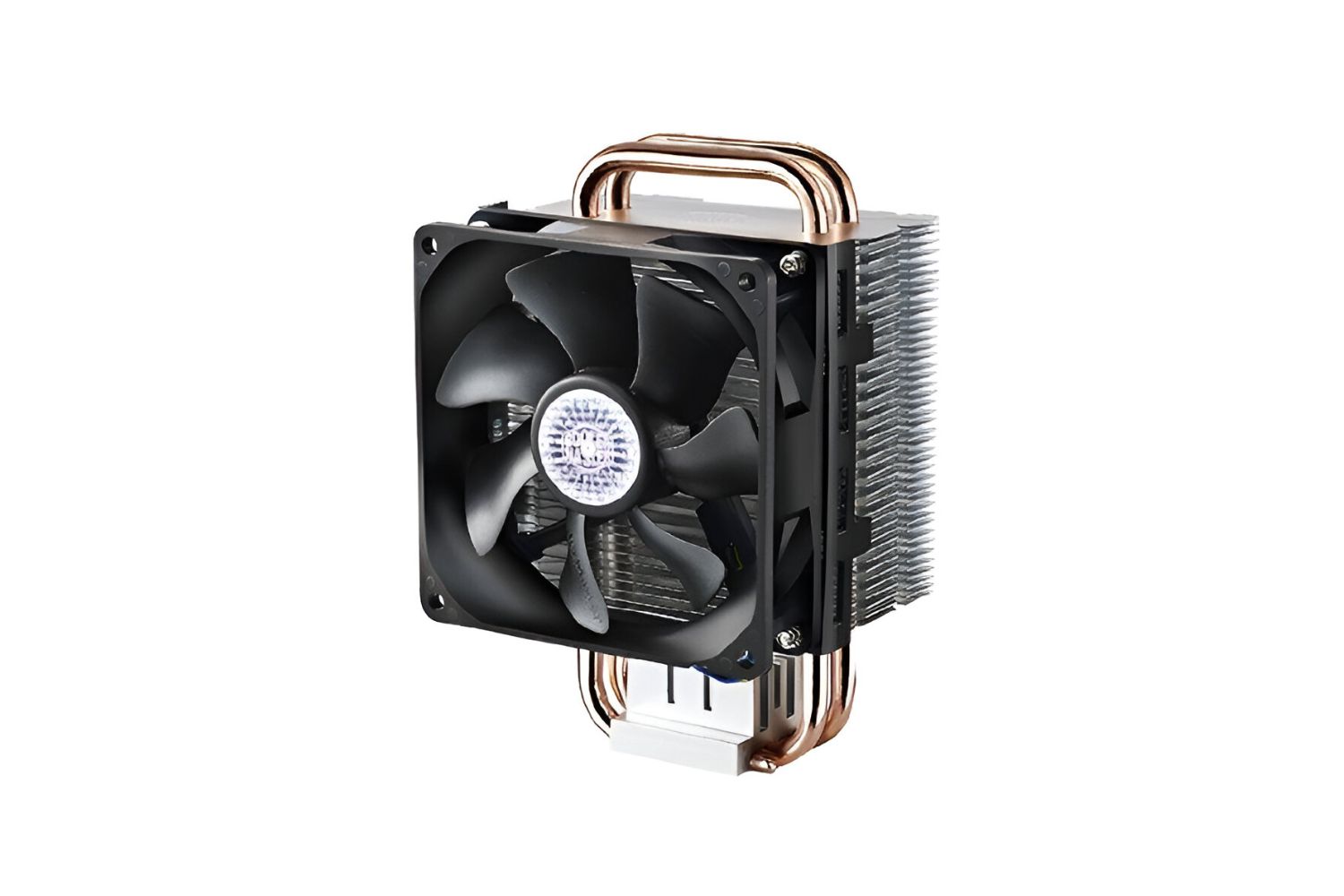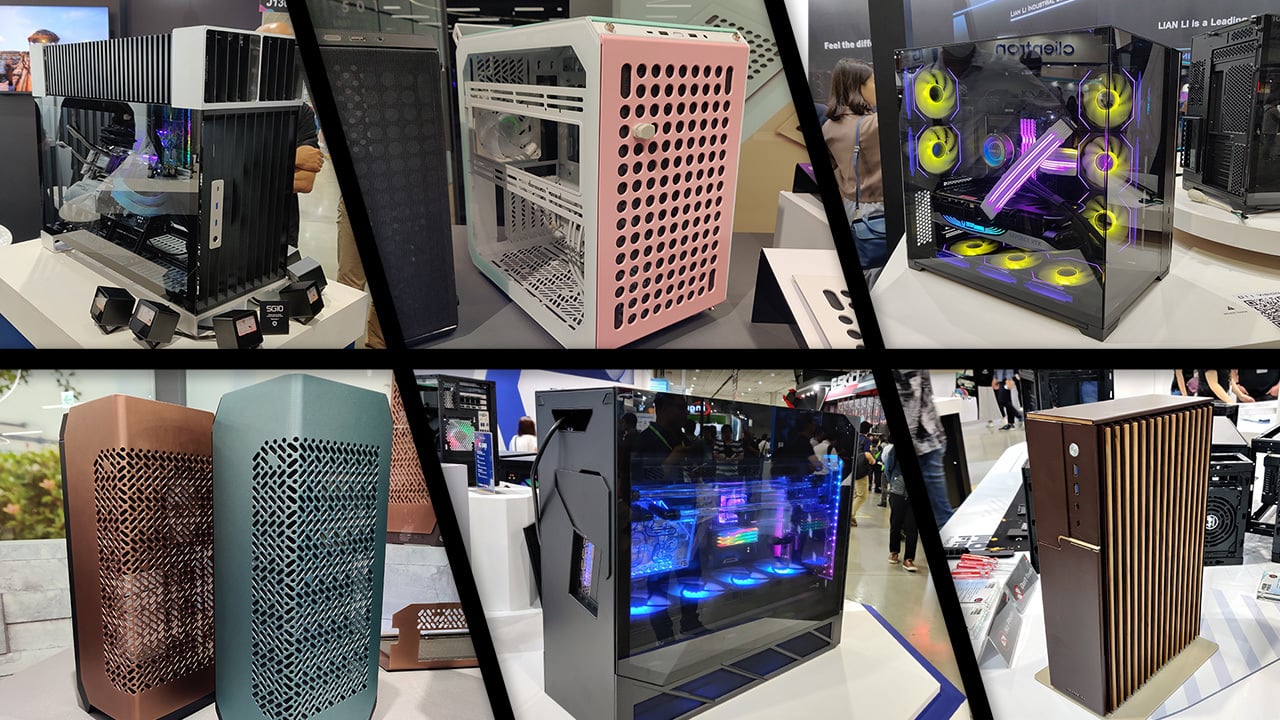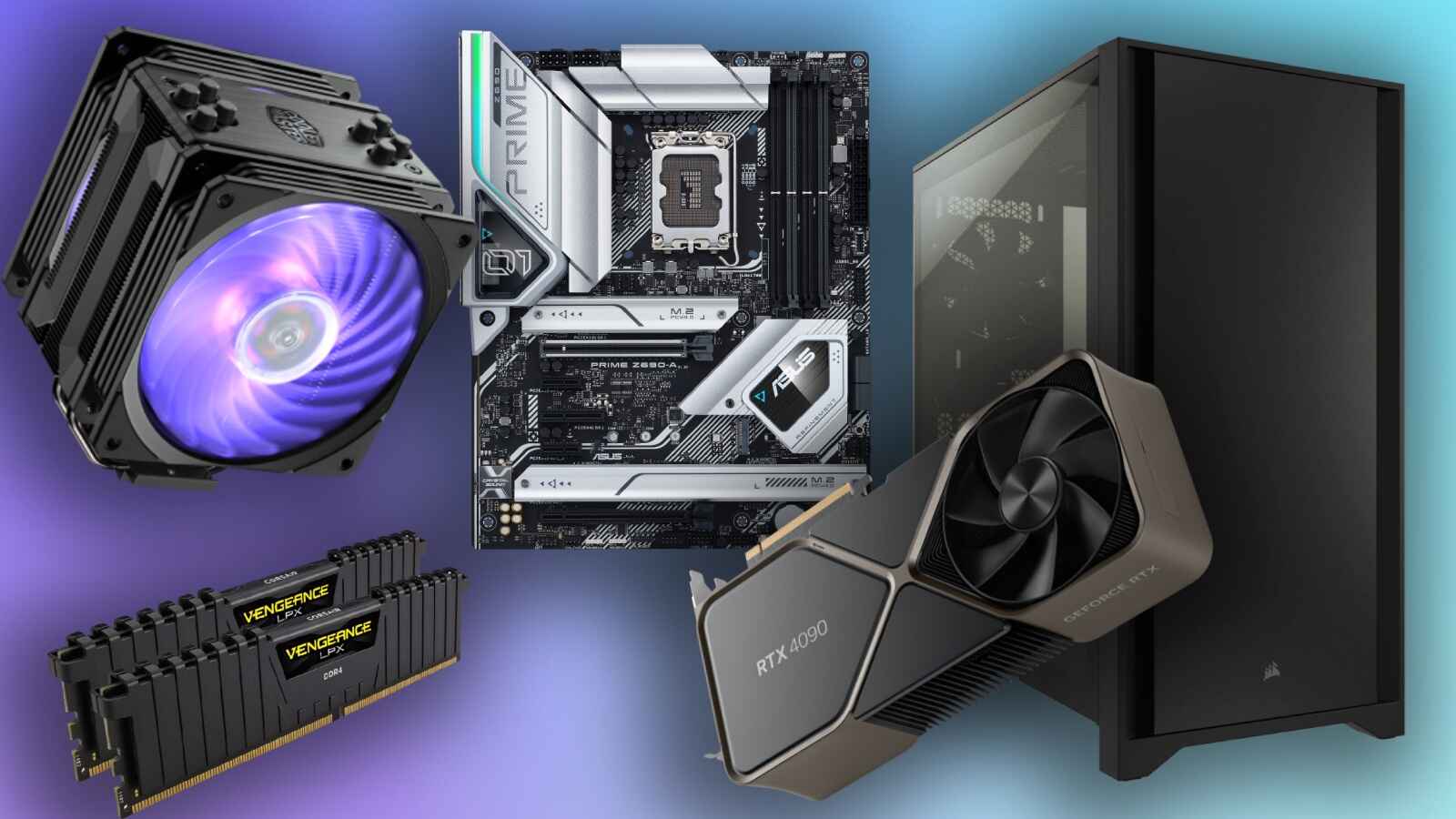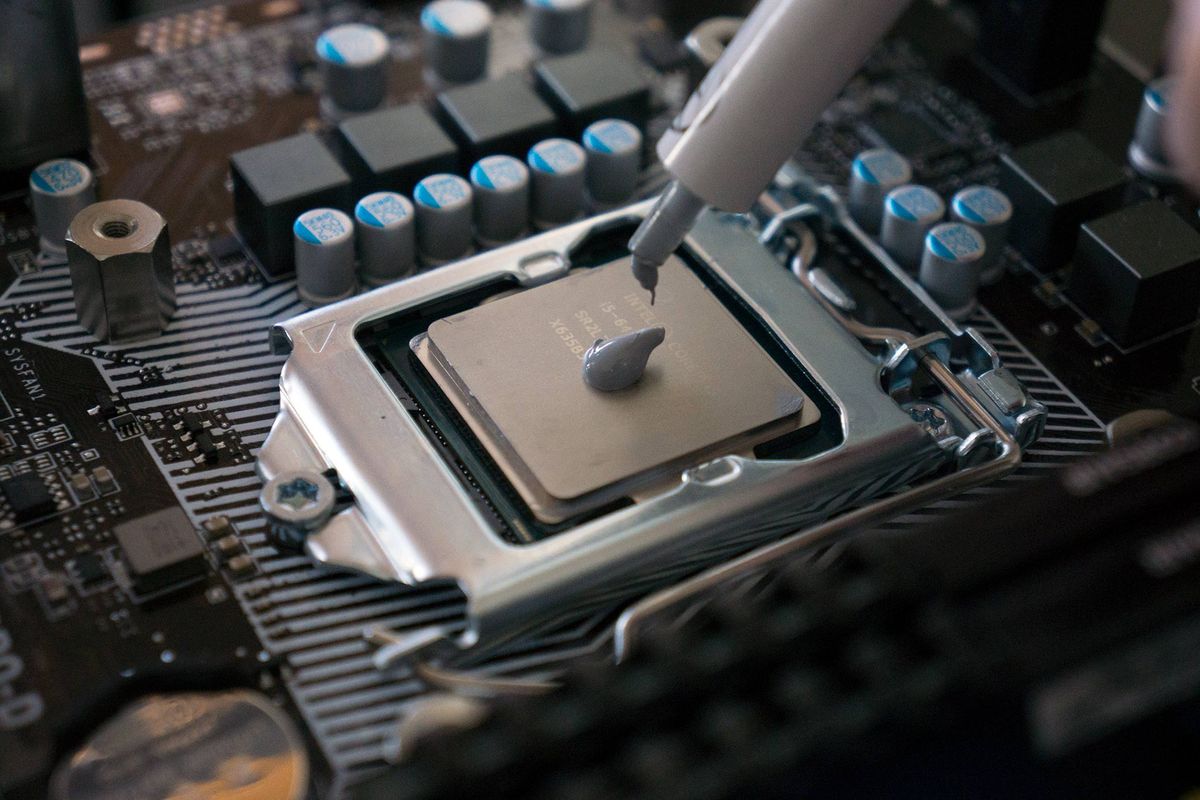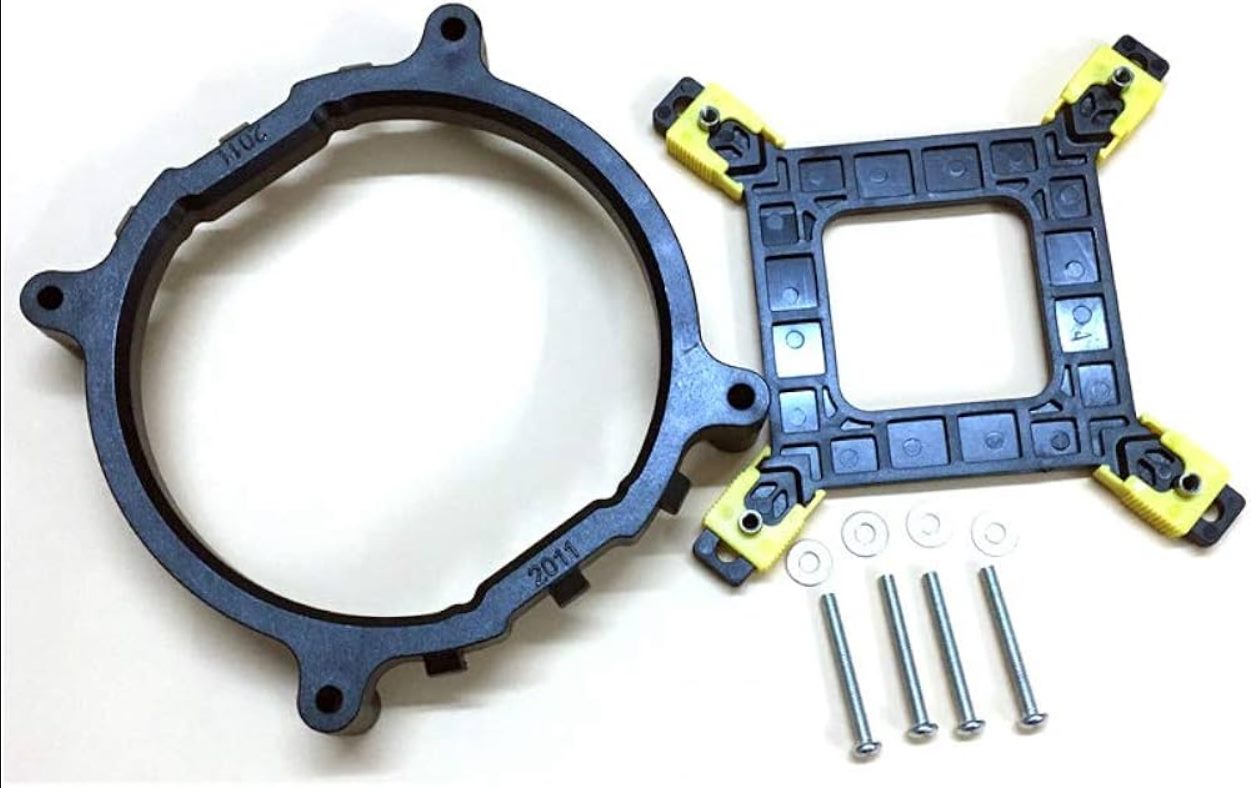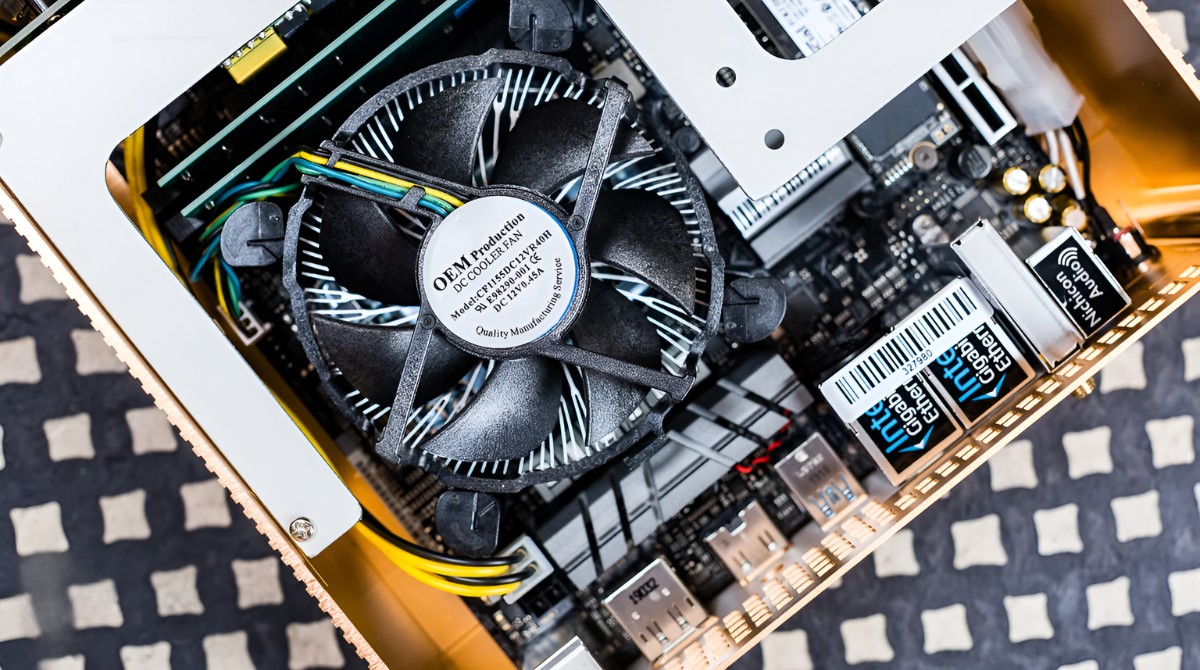Introduction
A central processing unit (CPU) is the brain of a computer, responsible for executing instructions and performing calculations. It is composed of multiple components that work together to carry out complex tasks. One crucial part of the CPU is the CPU package, which houses these components and plays a vital role in the overall functionality and performance of the processor.
The CPU package, also known as the processor package or simply the package, refers to the physical enclosure that contains the CPU and its related components. It serves as a protective covering while providing electrical connections to the motherboard through the CPU socket.
Understanding the CPU package is essential for computer enthusiasts and professionals who want to delve deeper into the intricacies of computer hardware. In this article, we will explore what the CPU package is, its components, different types available, and the factors to consider when choosing the right CPU package for your needs.
By the end of this article, you will have a clear understanding of the significance of the CPU package and how it affects the overall performance of your computer system. So let’s dive in and explore the world of CPU packages.
Definition of CPU Package
The CPU package refers to the physical enclosure that houses the central processing unit (CPU) and its associated components. It is responsible for protecting the delicate internal parts of the CPU while providing a connection point to the motherboard through the CPU socket. Essentially, the CPU package acts as a protective casing and a communication interface for the CPU.
Within the CPU package, you’ll find various components that contribute to the overall functionality of the processor. These components include the CPU core, cache memory, integrated graphics or GPU, and other integrated circuitry required for the processor to operate efficiently. The CPU core is the primary component responsible for executing instructions and performing calculations, while the cache memory stores frequently accessed data for faster processing.
It’s important to note that the CPU package is not the same as the CPU socket. The CPU socket is located on the motherboard and serves as a connection point for the CPU package. The CPU package fits into the socket, allowing the CPU to establish electrical connections with other components on the motherboard, such as the memory modules, input/output devices, and power supply.
In summation, the CPU package is the physical container that houses the CPU and its associated components, acting as a protective covering and connection interface. It plays a crucial role in protecting the delicate internal parts of the CPU while allowing for seamless communication with the motherboard.
CPU Package vs CPU Socket
When discussing the CPU, it’s essential to distinguish between the CPU package and the CPU socket, as they serve different purposes and play distinct roles in the overall functionality of the processor.
The CPU package, as mentioned earlier, is the physical enclosure that contains the CPU and its associated components. It acts as a protective covering and a communication interface, allowing the CPU to establish electrical connections with the motherboard through the CPU socket.
On the other hand, the CPU socket is located on the motherboard and serves as the connection point for the CPU package. The socket provides the necessary electrical connections for the CPU to interface with other components on the motherboard. It ensures that the CPU is securely connected and properly aligned, allowing for efficient data transfer and communication.
The CPU socket and the CPU package must match in terms of their specifications to ensure compatibility. The CPU socket is designed specifically for a particular CPU package, taking into account factors such as the number of contact pins, pin layout, and electrical requirements. This means that different CPU packages may have different socket requirements.
It’s important to note that the CPU socket is not interchangeable between different generations or brands of CPUs. For example, an Intel CPU package will require a socket compatible with Intel processors, while an AMD CPU package will require a corresponding AMD socket. Attempting to install a CPU package in an incompatible socket can result in damage to the CPU or other components.
In summary, the CPU package and the CPU socket are distinct components that work together to enable the proper functioning of the CPU. The CPU package contains the CPU and its associated components, while the CPU socket provides the connection interface between the CPU package and the motherboard. Understanding the differences between these two components is crucial for ensuring compatibility and proper installation of the CPU in a computer system.
Components of CPU Package
The CPU package is composed of various components that work together to enable the execution of instructions and the performance of calculations. Understanding these components is crucial for gaining insights into the capabilities and functionality of the CPU. Let’s explore the main components found within a typical CPU package:
- CPU Core: The CPU core is the heart of the central processing unit. It is responsible for executing instructions and performing calculations. The number of CPU cores varies depending on the specific CPU model and can range from a single core to multiple cores, such as dual-core, quad-core, or even octa-core processors.
- Cache Memory: The cache memory is a small amount of high-speed memory located within the CPU package. It serves as a temporary storage space for frequently accessed data and instructions, reducing the time it takes for the CPU to access them from the main memory. A larger cache size generally results in improved performance.
- Integrated Graphics (GPU): Many modern CPUs come with integrated graphics processing units (GPUs) within the CPU package. These GPUs handle the graphics processing tasks for displaying images and videos on your computer. Integrated GPUs are suitable for everyday tasks, but for intensive gaming or graphic design, a dedicated graphics card is usually recommended.
- Integrated Circuitry: Apart from the CPU core, cache memory, and integrated graphics, the CPU package may also contain other integrated circuitry that facilitates various functions and features. This can include memory controllers, control units, power management units, and encryption modules.
These are the primary components found within a CPU package. Each component plays a crucial role in the overall performance and capabilities of the CPU. The CPU core handles the execution of instructions, the cache memory enhances data access speed, the integrated graphics enable visual processing, and the integrated circuitry supports other essential functions.
It’s worth noting that the specific components and features within a CPU package can vary across different CPU models and brands. The advancements in technology continually lead to the development of more sophisticated and powerful CPU packages with additional features and higher performance levels.
Types of CPU Packages
CPU packages come in various types, each designed to accommodate different CPU models and specifications. The type of CPU package determines the physical characteristics and compatibility of the CPU with the motherboard. Let’s explore some of the common types of CPU packages:
- PGA (Pin Grid Array): PGA is a type of CPU package that features pins on the underside of the CPU package. These pins fit into corresponding holes in the CPU socket on the motherboard. PGA offers a secure and reliable connection, allowing for efficient data transfer between the CPU and other components. It is commonly used in Intel processors.
- LGA (Land Grid Array): LGA is another type of CPU package where the pins reside on the motherboard instead of the CPU. The CPU package has a flat surface with contact pads that align with the pins in the CPU socket. LGA provides better reliability, ease of installation, and improved electrical contacts. It is commonly used in Intel CPUs, particularly the more recent generations.
- BGA (Ball Grid Array): BGA is a CPU package type in which the CPU is directly soldered onto the motherboard. It does not use pins or sockets. Instead, the underside of the CPU package contains an array of tiny solder balls that create electrical connections with the motherboard. BGA offers space-saving advantages, higher thermal efficiency, and improved electrical performance. It is commonly used in many mobile devices and embedded systems.
These are the primary types of CPU packages, but it’s important to note that not all CPUs have interchangeable packages. Different CPU models and generations may require specific package types and socket compatibility. It’s crucial to verify the compatibility requirements specified by the CPU manufacturer and the motherboard specifications before making any CPU package decisions.
It’s also worth mentioning that CPU packages can come in different sizes, typically referred to as form factors. The most common form factors include ATX, microATX, and mini-ITX. These form factors mainly relate to the size and physical dimensions of the CPU package and determine the compatibility with the motherboard and computer case.
Understanding the types and form factors of CPU packages is vital when choosing or upgrading a CPU. It ensures compatibility with the motherboard and allows for easy installation, optimal performance, and future upgrade possibilities.
Advantages of CPU Packages
The CPU package plays a crucial role in the overall functionality and performance of the CPU. It offers several advantages that contribute to the efficiency and reliability of computer systems. Let’s explore some of the key advantages of CPU packages:
- Protection of Internal Components: The CPU package serves as a protective covering for the delicate internal components of the CPU, including the CPU core, cache memory, and integrated circuitry. It shields these components from physical damage, dust, and other contaminants, ensuring their longevity and uninterrupted operation.
- Electrical Connection Interface: The CPU package acts as a communication interface between the CPU and the motherboard. It provides electrical connections through the CPU socket, allowing the CPU to establish connections with other components like memory modules, input/output devices, and power supply units. This enables smooth data transfer and efficient communication between various system components.
- Thermal Management: CPU packages are designed to incorporate heat dissipation mechanisms such as heat spreaders, heat sinks, and thermal interfaces. These components help dissipate the heat generated by the CPU during operation, preventing overheating and maintaining optimal operating temperatures. Proper thermal management ensures stable performance and extends the lifespan of the CPU.
- Improved Performance: CPU packages often integrate multiple components, including the CPU core, cache memory, and integrated graphics. This integration allows for faster data access and processing, leading to improved overall performance. Additionally, advancements in CPU package technology, such as larger cache sizes and higher core counts, contribute to increased processing power and enhanced multitasking capabilities.
- Compatibility: CPU packages are designed with specific form factors and socket types, ensuring compatibility with corresponding motherboards. Manufacturers provide detailed specifications and compatibility guidelines, making it easier to select the appropriate CPU package for specific motherboard models. This compatibility ensures a seamless integration between the CPU and other system components.
These advantages highlight the importance of CPU packages in ensuring the reliable and efficient operation of computer systems. From protecting internal components to facilitating seamless communication and thermal management, CPU packages contribute significantly to the overall performance and longevity of CPUs.
Factors to Consider When Choosing a CPU Package
When selecting a CPU package, several factors should be taken into consideration to ensure compatibility, optimal performance, and future upgrade possibilities. Let’s explore some of the key factors to consider when choosing a CPU package:
- Socket Compatibility: The CPU package must be compatible with the CPU socket on the motherboard. Different CPU models and generations require specific socket types, such as PGA or LGA. It is crucial to verify the socket compatibility between the CPU package and motherboard to ensure a secure and functional connection.
- Form Factor: Consider the form factor of the CPU package, which can determine its size and physical dimensions. The form factor should match the form factor supported by the motherboard and computer case to ensure proper fit and compatibility.
- Performance Requirements: Assess your performance needs based on the intended use of the computer system. Determine factors such as the required number of CPU cores, cache size, clock speed, and integrated graphics. These specifications will vary depending on the tasks you plan to perform, such as gaming, content creation, or general office use.
- Budget: Consider your budget when choosing a CPU package. Prices can vary based on the brand, specifications, and performance level of the CPU. It’s important to find a balance between performance and affordability, ensuring that the chosen CPU package meets your requirements without exceeding your budget.
- Future Upgradability: Consider your future upgrade plans for the CPU. Some motherboard socket types and form factors may limit the range of compatible CPU packages. Research the compatibility of the socket and form factor to determine if it will support future CPU upgrades. This will allow for flexibility and extend the lifespan of your system.
By considering these factors, you can make an informed decision when choosing a CPU package. Matching the socket compatibility, considering the form factor, assessing performance requirements, staying within budget, and planning for future upgradability will ensure that the chosen CPU package meets your specific needs and provides a reliable foundation for your computer system.
Conclusion
The CPU package is an essential component of a computer system, housing the central processing unit (CPU) and its associated components. It provides a protective enclosure and a connection interface between the CPU and the motherboard. Understanding the CPU package is crucial for individuals interested in computer hardware and those seeking to optimize their system’s performance.
In this article, we explored the definition of the CPU package and its distinction from the CPU socket. We discussed the components found within a typical CPU package, which include the CPU core, cache memory, integrated graphics, and integrated circuitry. Different types of CPU packages, such as PGA, LGA, and BGA, were also explored, highlighting their specific features and use cases.
Furthermore, we discussed the advantages of CPU packages, such as protection of internal components, electrical connection interface, thermal management, improved performance, and compatibility. These advantages demonstrate the importance of the CPU package in maintaining the functionality and longevity of the CPU and overall system performance.
Lastly, we examined the factors to consider when choosing a CPU package, including socket compatibility, form factor, performance requirements, budget, and future upgradability. By considering these factors, individuals can make informed decisions that align with their specific needs and ensure a compatible and efficient CPU package for their systems.
In conclusion, the CPU package plays a critical role in the operation and performance of a computer system. It provides protection, facilitates electrical connections, and contributes to overall system efficiency. By understanding the significance of the CPU package and considering the factors involved in its selection, individuals can make informed choices that optimize their computing experience and meet their specific requirements.







